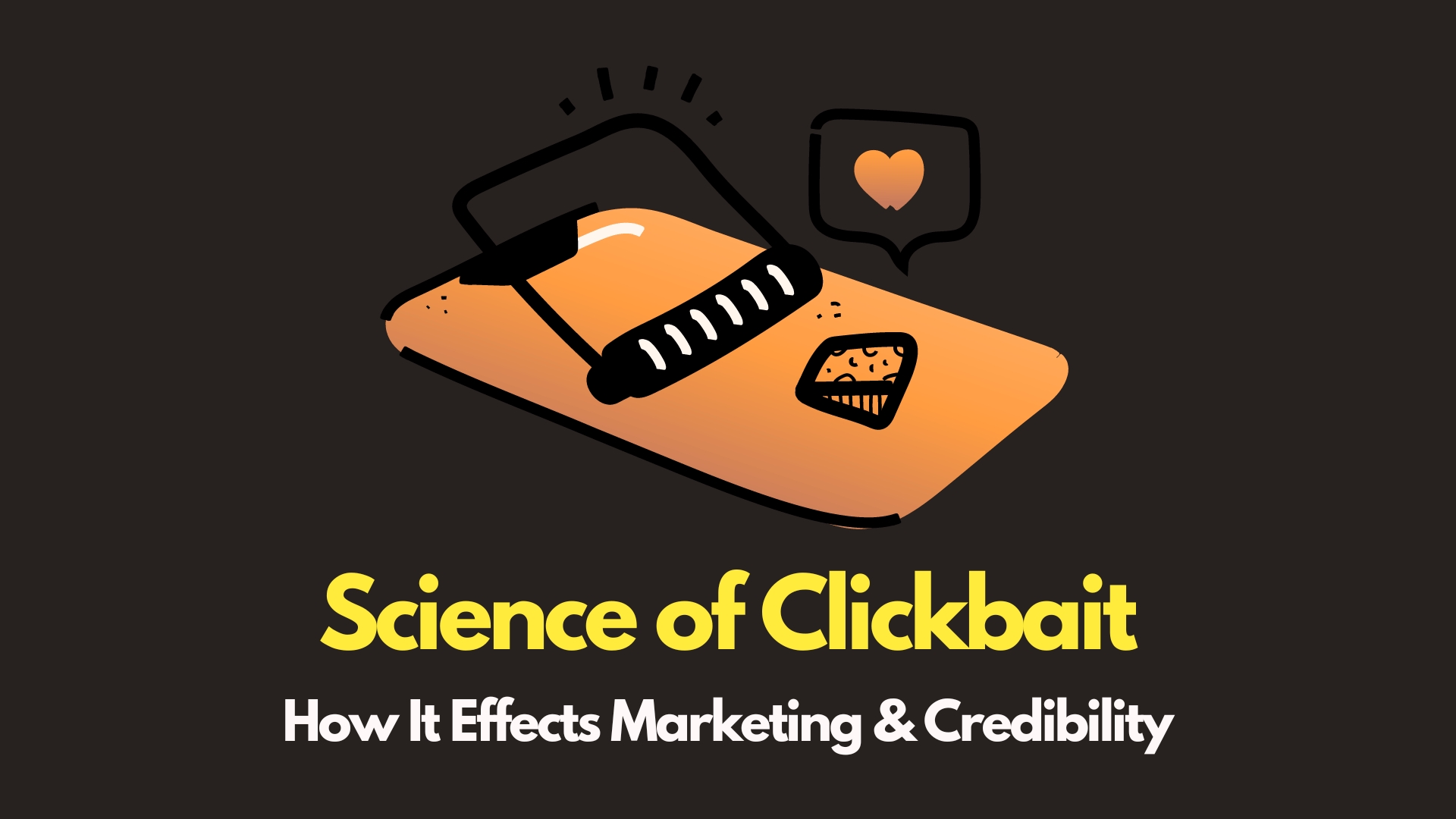Published
- 3 min read
The Science of Clickbait: Balancing Attraction and Credibility

Key Takeaways
- Effectiveness: Clickbait can significantly increase traffic and engagement.
- Risks: Potential damage to credibility and trustworthiness.
- Balance: Necessity to balance attraction with credibility.
- Detection: Machine learning techniques can identify clickbait.
- Perception: Clickbait affects consumer perception of credibility.
Clickbait has become a ubiquitous strategy in the digital content landscape, aiming to capture the ever-decreasing attention spans of online audiences. But what are the implications of using such methods for businesses, news organizations, and content creators? This article delves into the effectiveness and risks associated with clickbait in digital content, offering insights for those navigating the complex world of online marketing and communication.
The Lure of Clickbait: A Traffic Magnet
Clickbait headlines are crafted to provoke curiosity and prompt immediate clicks. They often promise an emotional payoff or sensational revelations. The effectiveness of clickbait is evident in its ability to drive traffic. Studies show that headlines employing clickbait techniques can lead to a significant increase in user engagement and website visits.
For businesses and content creators looking to boost their online presence, understanding the psychology of consumer behavior in the digital age can be instrumental in crafting compelling headlines that resonate with their target audience.
The Pitfalls: Eroding Credibility and Trust
While clickbait may be effective in the short term, it carries substantial risks. The most notable is the potential erosion of credibility. When users click on a headline only to find content that doesn’t fulfill the headline’s promise, trust is broken. This can lead to a decrease in consumer loyalty and brand trust, which are critical in the consumer experience economy.
Striking a Balance: Attraction Without Deception
The challenge lies in balancing the allure of clickbait with the need for maintaining credibility. Content creators must ensure that their headlines are not only eye-catching but also accurately represent the content. This balance is crucial in the science of clickbait, as it ensures that while readers are drawn in, their expectations are met, thus fostering trust and engagement.
In the realm of marketing, understanding and leveraging consumer decision-making in the digital environment is key to creating headlines that attract without misleading.
Machine Learning: The Clickbait Detector
With the rise of clickbait, machine learning techniques have been developed to detect and classify such content. These algorithms can discern patterns in headlines and content, helping platforms identify and potentially flag or filter out clickbait. For those interested in the intersection of technology and content, exploring emerging technologies and their impact on ecommerce can provide further insights into how machine learning is shaping the digital landscape.
Consumer Perceptions: The Credibility Cost
Research indicates that clickbait-style headlines can have a negative impact on journalism credibility and consumer perceptions. In regions like Sub-Saharan Africa, clickbait has been shown to negatively affect journalistic credibility, with variations in perception between different countries. Similarly, businesses and marketers must be aware of how clickbait can impact brand loyalty and consumer retention.
Conclusion: Clickbait in the Digital Content Strategy
Clickbait remains a double-edged sword in digital content creation. While it can be a powerful tool for driving traffic, its overuse or misuse can undermine the very goals it aims to achieve. Content creators and marketers must navigate this terrain carefully, ensuring that their strategies align with the principles of honesty and transparency that build long-term consumer relationships.